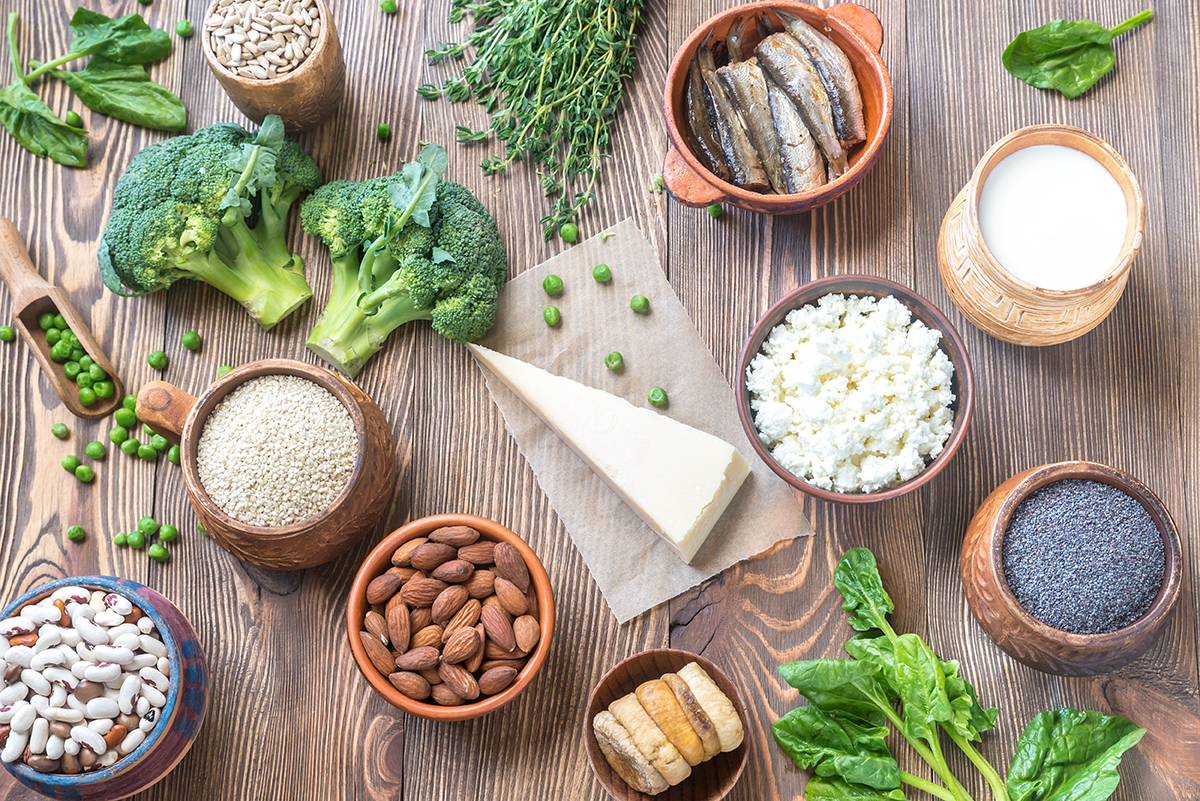
We all know calcium is needed for healthy bones but you might not know exactly how important this mineral is. While 99% is stored in your bones and teeth, the 1% percent that’s in your blood and soft tissues helps with blood clotting, muscle contraction, and regulating normal heart rhythms and nerve functions.
So that leaves us asking “how much calcium do we need and how can we get it?” We’re happy to report that there are a whole host of ways to get your calcium including many plant-based options.
How much Calcium Do We Need?
Most adults need a little over 1000 mg as a general guideline.
Here are more detailed recommendations from the National Institute of Health
Calcium Recommendations by Age and Sex |
||||
|
Age |
Male |
Female |
||
|
0-6 months* |
200 mg |
200 mg |
||
|
7–12 months* |
260 mg |
260 mg |
||
|
1–3 years |
700 mg |
700 mg |
||
|
4–8 years |
1,000 mg |
1,000 mg |
||
|
9–13 years |
1,300 mg |
1,300 mg |
||
|
14–18 years |
1,300 mg |
1,300 mg |
||
|
19–50 years |
1,000 mg |
1,000 mg |
||
|
51–70 years |
1,000 mg |
1,200 mg |
||
|
>70+ years |
1,200 mg |
1,200 mg |
Cheese
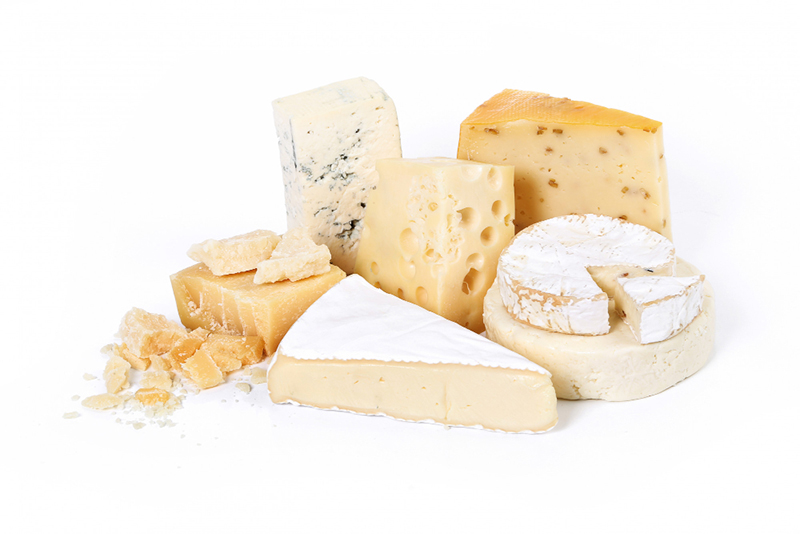
Most cheeses are very rich in highly bioavailable (easy to absorb) calcium. Keep in mind that many cheeses are still high in fat and calories though.
1 oz of parmesan contains 314 mg of calcium. An additional benefit is that hard cheese like parmesan contain less lactose making them easier to digest.
1 oz of cheddar contains 202mg of calcium. Cheddar cheese is also a good source of protein and vitamin A.
Soft cheeses, while still nutrient dense in other ways, contain far less calcium.
For example,
1 oz of brie contains 52mg of calcium
1 oz of cottage cheese contains 24mg of calcium.
Yogurt

Yogurt is great for your gut and your bones. Like with cheese, there are a few kinds but we recommend sticking with plain yogurt. Many flavored varieties are loaded with added sugar. Greek yogurt is a healthier option but still has a bit more calories and less calcium than regular yogurt.
1 container of yogurt (227g) contains around 284 mg of calcium. Yogurt is also a good source of probiotics, protein, and vitamin D.
Milk
Milk shouldn’t be a surprise to see on this list. But with all of the different options you might be wondering if it makes any difference whether you get whole milk, 2%, or skim milk. We’re happy to report they’re all quite similar in their calcium content.
1 cup of cow milk contains 300mg of calcium. Milk is also a good source of vitamin D and protein.
While cow milk is more common in North America, three-quarters of the world is more accustomed to goat milk which is easier to digest, carries less allergy risk, and is potentially better for heart health. Best of all, the calcium content is just as high!
1 cup of goat milk contains 300mg of calcium also with a fat content comparable to whole milk. It’s also a great source of potassium, phosphorus, and magnesium.
Fish

Many agree that fatty fish should be on your dinner plate twice a week for its heart-healthy Omega-3 content. An added benefit is that many varieties of fish are also a great source of calcium. Two of the best for this purpose are canned salmon and sardines.
A 3 oz can of sardines contains 325mg of calcium.
A 3 oz can of salmon contains 181mg of calcium. Both also provide Omega-3 fatty acids which are great for heart health and Vitamin D for better calcium absorption.
Top Plant-Based Food Sources of Calcium
Fortified Plant Milks (200-400mg)
In the old days the only dairy alternative was soy milk. Now there are nearly unlimited plant-based milk options to meet our calcium needs and taste preferences. Soy, almond, oat, cashew, coconut, pea, hemp, hazelnut; almost anything you can imagine. The ones with the most calcium tend to be around 200-400mg of calcium per serving.
Oat milk is our favorite lately as a matter of taste, nutrition, and sustainability. For more information, GoDairyFree has compiled a full breakdown by brand, and type with calcium and vitamin D content.
Dark Leafy Greens
Leafy greens like collard greens and kale have a naturally high calcium content. It should be noted that spinach contains oxalates which can disrupt calcium absorption.
1 cup of boiled collard greens contains 268mg of calcium and is also a good source of vitamin C and vitamin K.
1 cup of boiled kale contains 90mg of calcium
1 cup of boiled spinach contains 24mg of calcium of iron and vitamin C.
Tofu
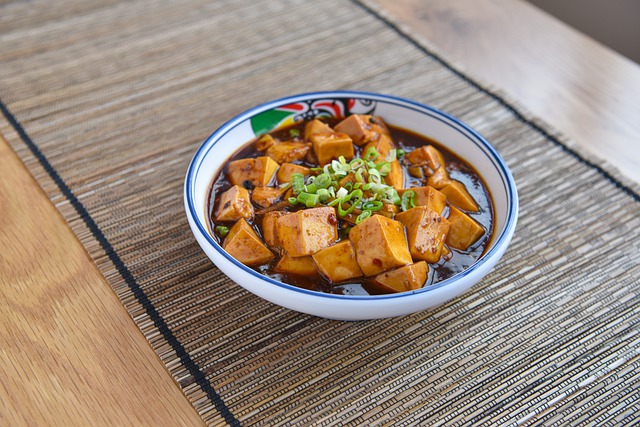
Among many, tofu still doesn’t have a great reputation for flavor, simply being thought of as a protein for those who don’t eat meat. In the last few years, it’s seen an explosion in popularity in recognition of its excellent nutritional profile and versatility in the kitchen.
In addition to its abundance of protein, 1/2 cup of tofu contains 454 mg of calcium and is also rich in iron.
Seeds
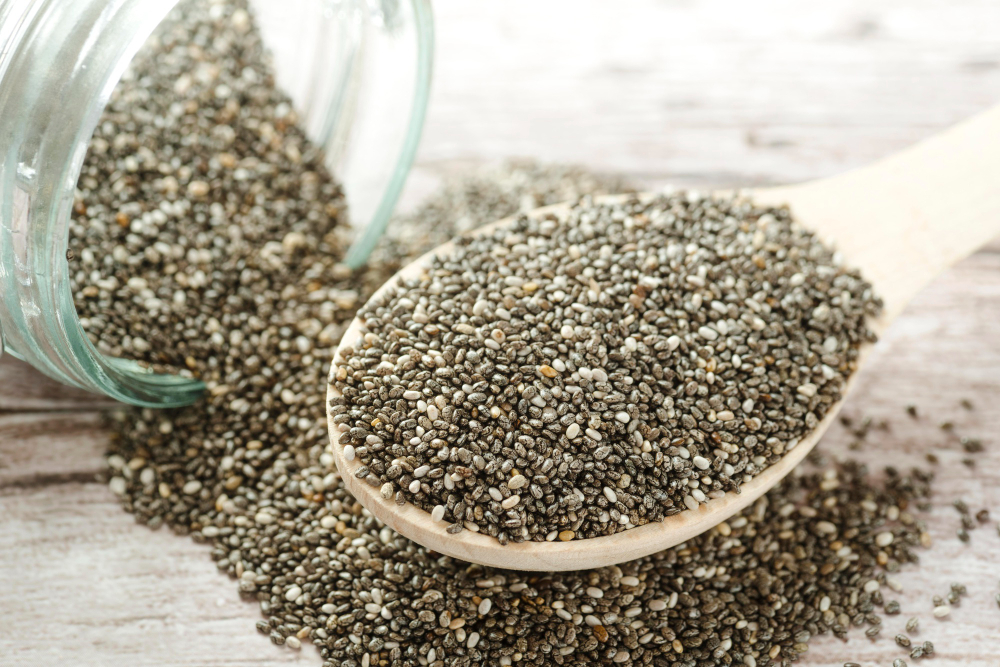
Seeds are tiny nutrient-packed powerhouses that can be snacked on by themselves or sprinkled onto a salad for a boost in protein, calcium, healthy fats, vitamins, and minerals.
1 tbsp of sesame seeds (9g) contains 88mg of calcium.
1 tbsp of chia seeds (12g) contains 76mg calcium.
1 tbsp of poppy seeds (9g) contains 127 mg of calcium.
Broccoli
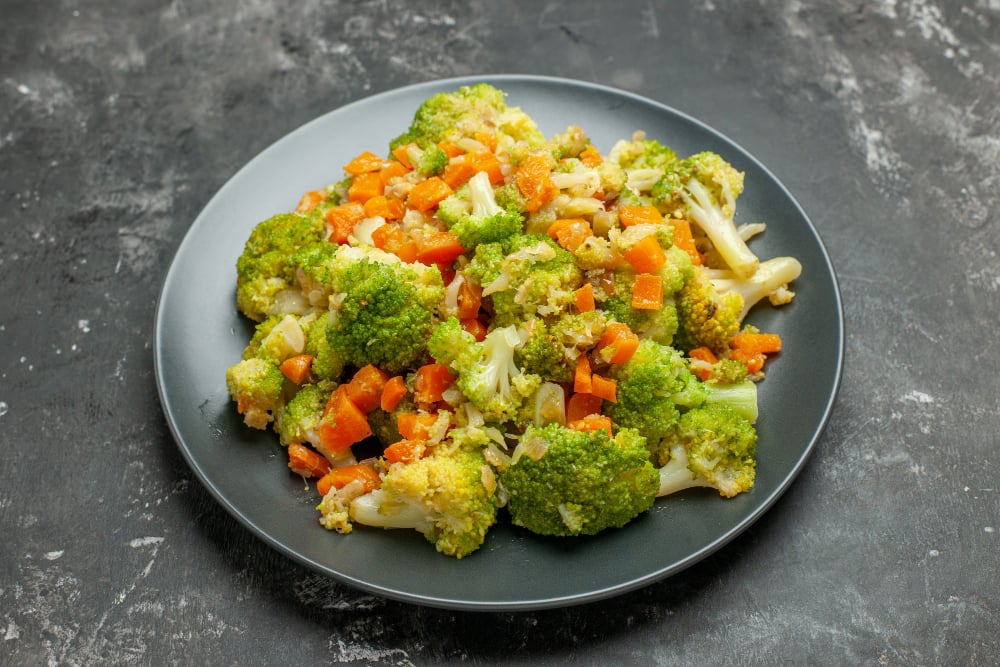
Like tofu, broccoli might have been the bane of children’s dinner plates in the past but there are so many ways to prepare this popular green vegetable. Broccoli salad, broccoli stir fry, broccoli puree; so many possibilities!
1 cup of boiled broccoli contains 62mg of calcium along with vitamin C and fiber. However, broccoli can make some gassy.
Bok choy
The broccoli of the east, bok choy has numerous tasty preparations including being steamed, grilled, fermented, and more.
1 cup of raw bok choy (70g) contains 74mg of calcium. It’s also a good source of vitamin C and vitamin K.
Almonds
For many, almonds are thought of as the upgrade to peanuts with more iron, magnesium, and healthy fats. They also contain more calcium!
1 oz of almonds (28g) contains 75 mg of calcium.
Oranges
1 small orange (96g) contains 38 mg of calcium. Oranges are also a good source of vitamin C and fiber.
Figs
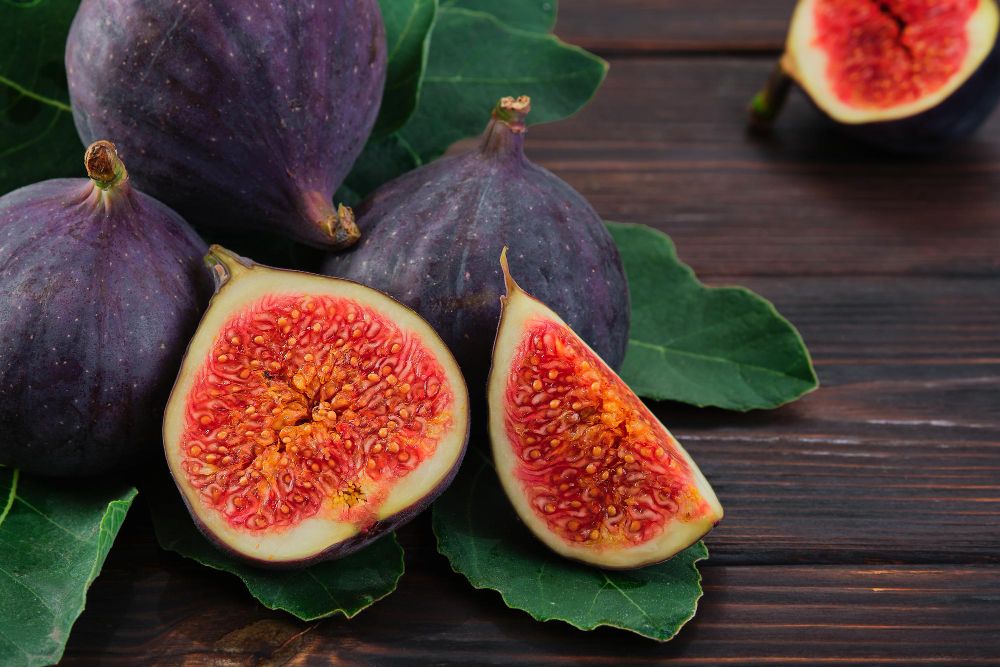
Want a reason to eat figs outside of a Newton? Figs are nutritionally rich including a good bit of calcium.
100 grams of dried figs contain 162mg of calcium. Figs are also a good source of fiber and potassium.
Bottom Line
Not liking milk or being lactose intolerant has often led to worry about getting enough calcium. Fortunately, there are many ways that you can eat a balanced and varied diet to get your daily recommended calcium intake even if you’re eating plant-based.
Keep in mind that when it comes to strong bones, calcium isn’t the whole story. Collagen, Vitamin D, Magnesium, Vitamin K, and Phosphorus are also vital for a number of functions related to maintaining strong bones and teeth.
This article is provided for informational purposes only and is not intended to be used as medical advice. If you have immediate concerns about your health, please seek the help of your physician.
*These statements have not been evaluated by the Food and Drug Administration. Products are not intended to diagnose, treat, cure or prevent disease.




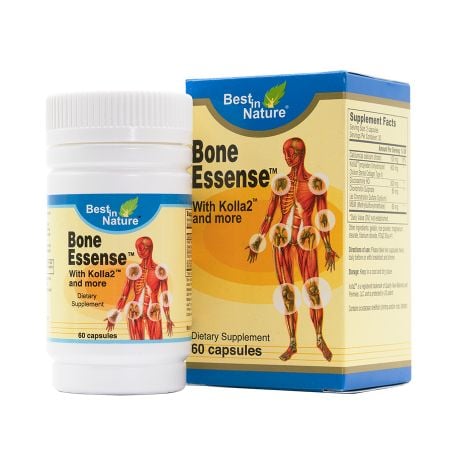
Validate your login
Sign In
Create New Account